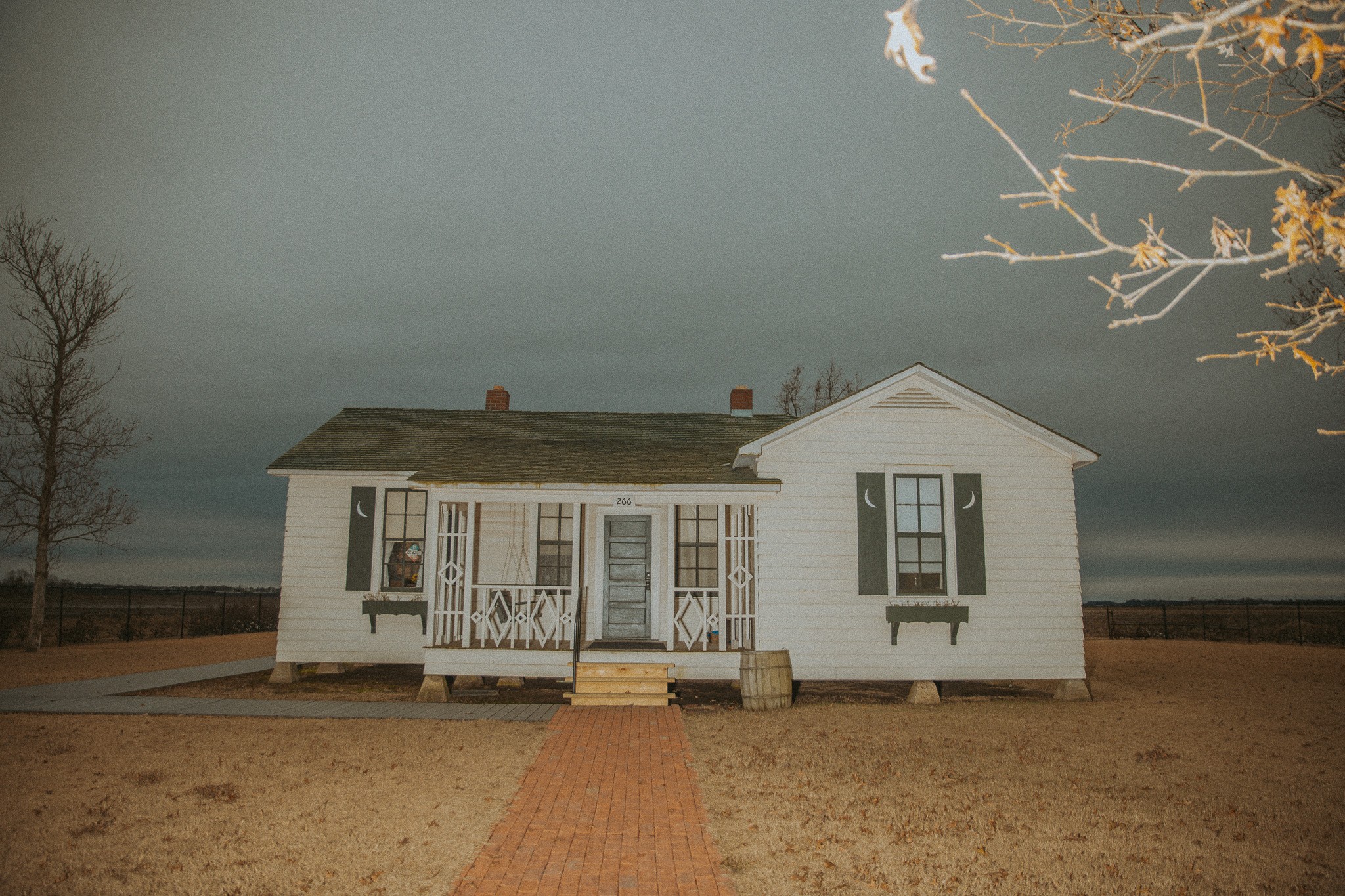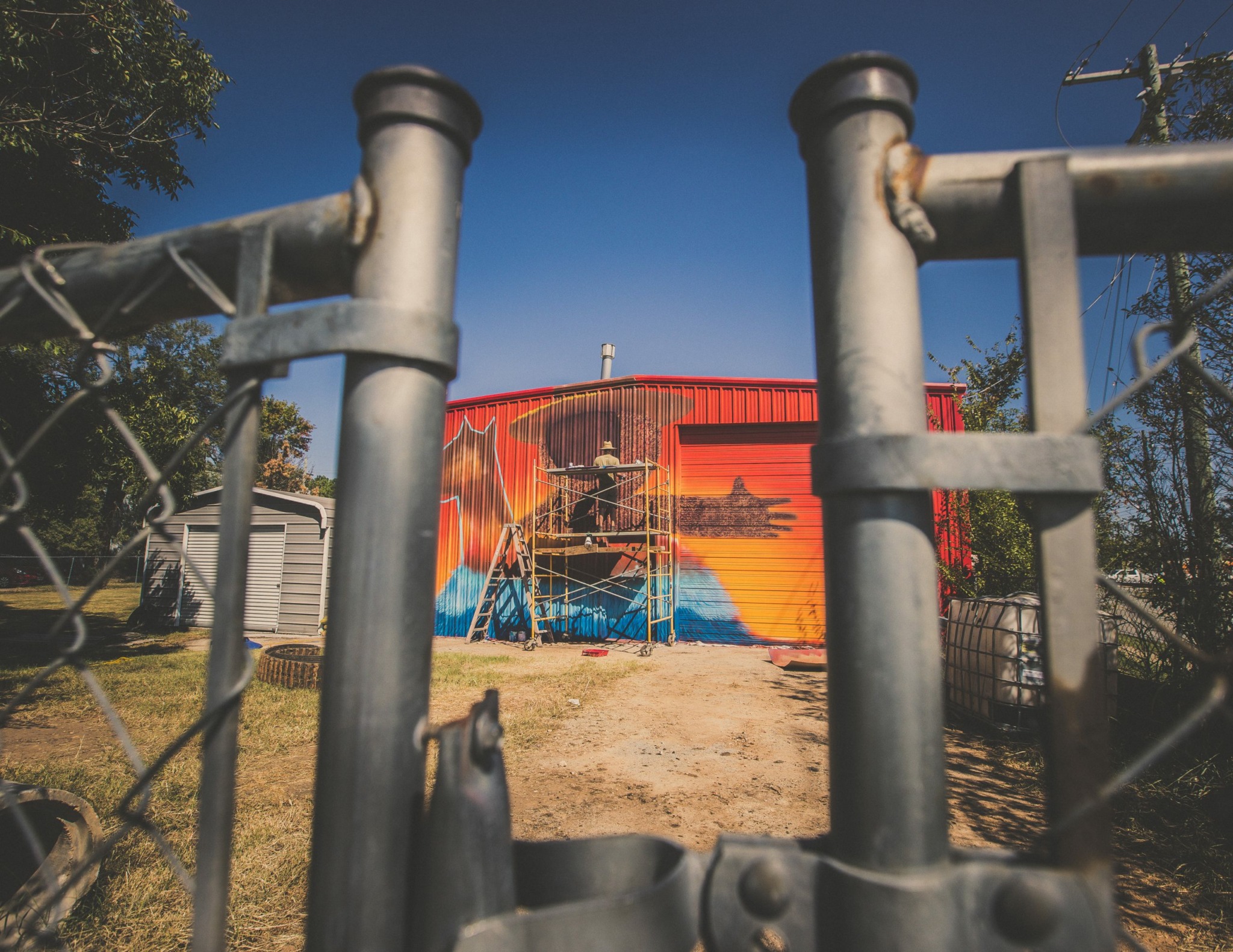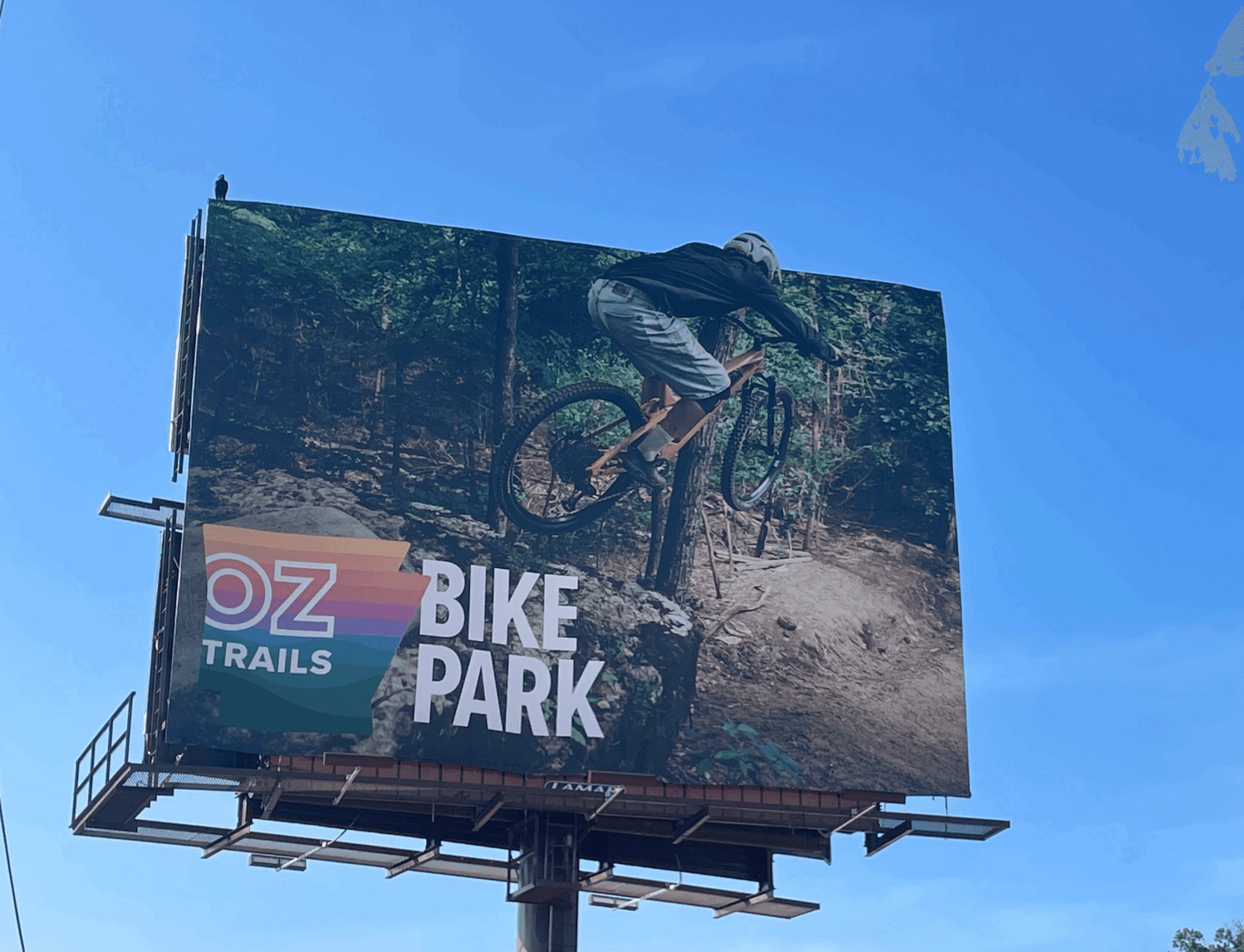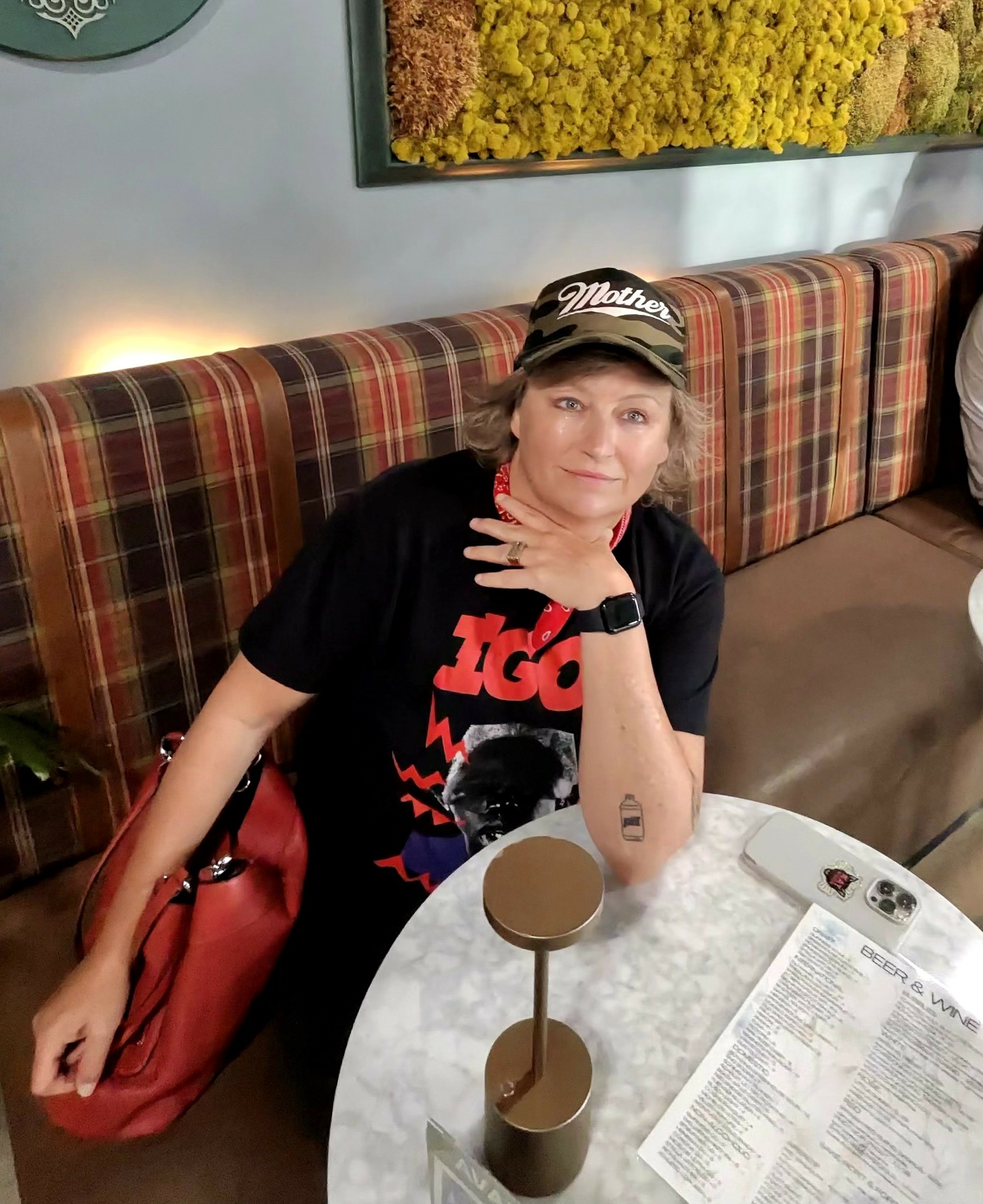We caught up with the brilliant and insightful Kat Wilson a few weeks ago and have shared our conversation below.
Kat , thanks for taking the time to share your stories with us today Can you talk to us about a project that’s meant a lot to you?
The most meaningful project I have worked on is Habitats. It is the series that shaped my career and still feels as alive to me now as it did when I started it more than twenty years ago. I was in my twenties, fresh out of art school, trying to figure out what kind of artist I wanted to be. I started photographing people in their homes, surrounded by the objects and spaces that told their stories.
Each portrait became a collaboration. I was not just photographing someone’s face, I was photographing their life. The books on their shelves, the clothes on the floor, the things they chose to hold onto, all of it said something about who they were.
Looking back, Habitats taught me that photography can go beyond documentation. It can become storytelling, psychology, anthropology, and history all at once. I still believe that two hundred years from now these portraits will say something real about who we were and how we lived.

As always, we appreciate you sharing your insights and we’ve got a few more questions for you, but before we get to all of that can you take a minute to introduce yourself and give our readers some of your back background and context?
I am a photographic artist based in Northwest Arkansas. My work has hung in Crystal Bridges Museum of American Art, been projected at The Louvre, and published in Communication Arts, Oxford American, The Los Angeles Times, and more.
I started out purely as an artist, but after undergrad I realized I was great at conceptualizing ideas and not as strong in the technical department. So my dual life as an artist and commercial photographer began with my first job out of college as a photo assistant.
Working alongside professional photographers taught me the technical skills I needed, as well as professionalism and attention to detail. Over time, the relationship between the two sides of my work became symbiotic. My commercial work fed me and my art practice, and my art fueled my commercial career. I have often landed jobs because an editor or client already knew me through my long-running Habitats series.
Habitats is a series of portraits of people photographed through elaborate orchestrations of their possessions and spaces, using dramatic lighting called tenebrism to create mood and depth. I always build each image around a triangular composition, something I learned from Renaissance painting. See, I went to art school.
People often think commercial photography and fine art are separate worlds, but for me they have always been intertwined. I could not have one without the other. For years, I tried to hide each side depending on the audience. In the art world, I kept quiet about my commercial background, and in the commercial world, I avoided mentioning my art so I would not seem flaky. Now I am proud that I have built a career that allows me to move freely between both worlds. My art and commercial work keep me moving on this rollercoaster.
You can see my fine art at katwilsonartist.com, my commercial photography at katwilsonphoto.com, and my photographic sculptural work at selfie-throne.com.

What can society do to ensure an environment that’s helpful to artists and creatives?
I have never liked grants. I never get them. Yet my work has hung in major museums and been featured in major publications, so what is wrong with me? Here is my theory. Most grant systems make art about who you are instead of what you do. The judging panels are often made up of late-career arts administrators who tend to favor what they already understand. When you are trying to make innovative, experimental work, that kind of audience can be limiting. To me, grants are where I want to take risks, but I cannot afford failure when I am footing the whole bill.
Grants also have a way of boxing artists into what they have already done, rather than supporting what they might become. I think society would be better off finding more ways to commission artists directly. My favorite thing in the world is when a museum commissions me to create a new series of Habitat portraits. Habitats are a series of digital photographs that explore the lives and personalities of the sitters through elaborate orchestrations of the possessions and spaces that make up their everyday environment. That has only happened twice, but it is the kind of support that truly lets an artist grow.
My second favorite thing is when a festival hires me to build a #SelfieThrone. #SelfieThrones are interactive art projects that combine photography, sculpture, and performance to celebrate self-expression, community, and the joy of being seen. Those projects give me creative freedom, bring people together, and actually put art into the world. I have to show up, be professional, and deliver on a deadline just like any working person. That is how we best support artists, not by asking them to fill out endless forms, but by hiring them to make the work.

We’d love to hear your thoughts on NFTs. (Note: this is for education/entertainment purposes only, readers should not construe this as advice)
Someone tell me how to make money with NFTs, and then I’ll tell you how the view looks from here. But from what I can see right now, people are already over AI and digital hype. They just want to feel something made by a person again. Also, what is up with all these scammers emailing artists about wanting to buy their art to turn them into NFTs.
Contact Info:
- Website: katwilsonartist.com and katwilsonphoto.com
- Instagram: @katwilsonartist
- Facebook: https://www.facebook.com/katwilsonartist
- Linkedin: https://www.linkedin.com/in/katographic/



Image Credits
Kat Wilson


